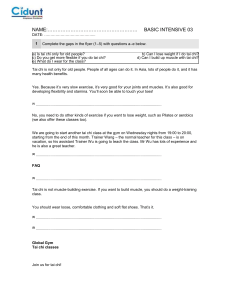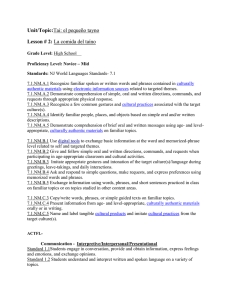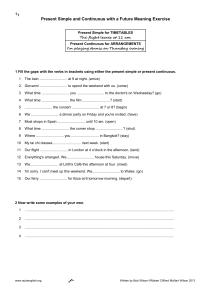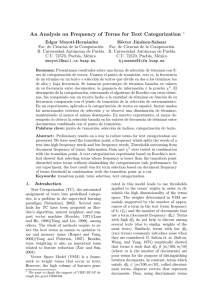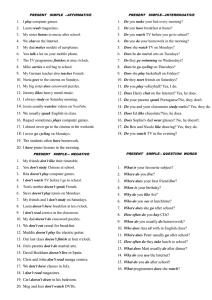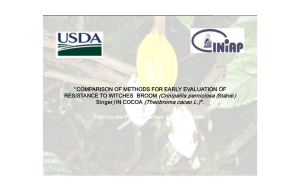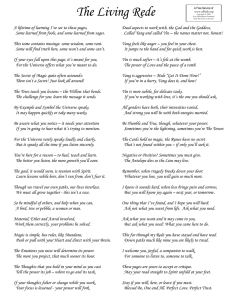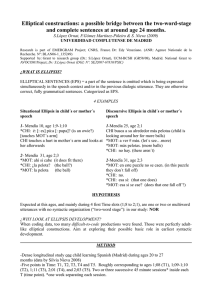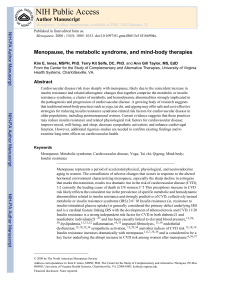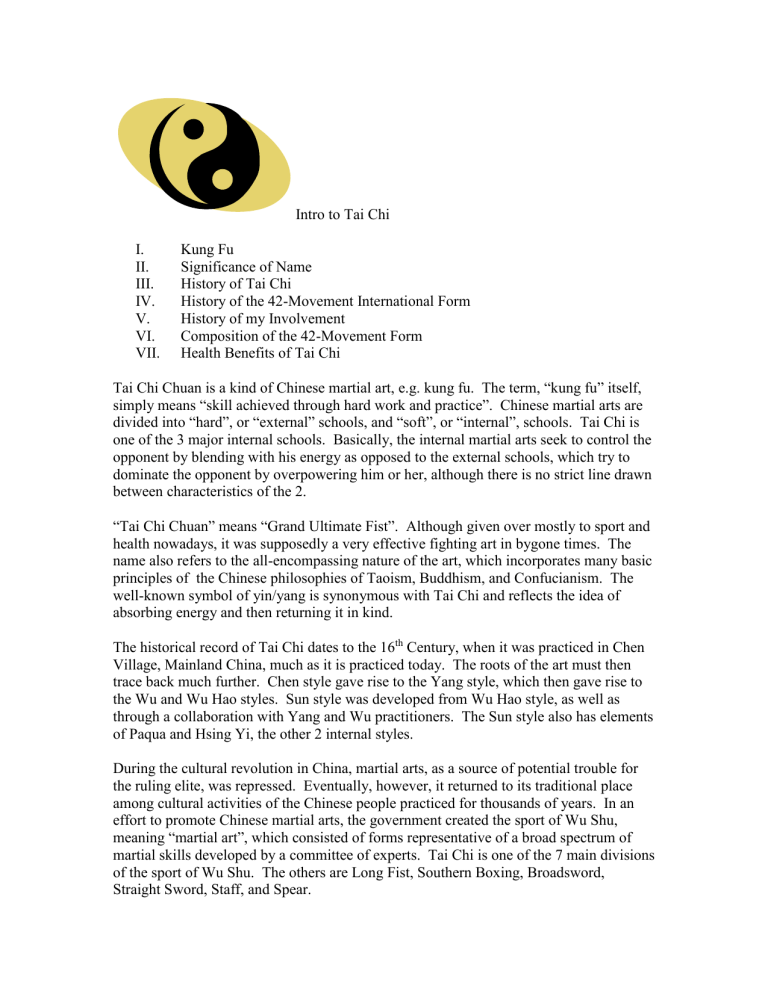
Intro to Tai Chi I. II. III. IV. V. VI. VII. Kung Fu Significance of Name History of Tai Chi History of the 42-Movement International Form History of my Involvement Composition of the 42-Movement Form Health Benefits of Tai Chi Tai Chi Chuan is a kind of Chinese martial art, e.g. kung fu. The term, “kung fu” itself, simply means “skill achieved through hard work and practice”. Chinese martial arts are divided into “hard”, or “external” schools, and “soft”, or “internal”, schools. Tai Chi is one of the 3 major internal schools. Basically, the internal martial arts seek to control the opponent by blending with his energy as opposed to the external schools, which try to dominate the opponent by overpowering him or her, although there is no strict line drawn between characteristics of the 2. “Tai Chi Chuan” means “Grand Ultimate Fist”. Although given over mostly to sport and health nowadays, it was supposedly a very effective fighting art in bygone times. The name also refers to the all-encompassing nature of the art, which incorporates many basic principles of the Chinese philosophies of Taoism, Buddhism, and Confucianism. The well-known symbol of yin/yang is synonymous with Tai Chi and reflects the idea of absorbing energy and then returning it in kind. The historical record of Tai Chi dates to the 16th Century, when it was practiced in Chen Village, Mainland China, much as it is practiced today. The roots of the art must then trace back much further. Chen style gave rise to the Yang style, which then gave rise to the Wu and Wu Hao styles. Sun style was developed from Wu Hao style, as well as through a collaboration with Yang and Wu practitioners. The Sun style also has elements of Paqua and Hsing Yi, the other 2 internal styles. During the cultural revolution in China, martial arts, as a source of potential trouble for the ruling elite, was repressed. Eventually, however, it returned to its traditional place among cultural activities of the Chinese people practiced for thousands of years. In an effort to promote Chinese martial arts, the government created the sport of Wu Shu, meaning “martial art”, which consisted of forms representative of a broad spectrum of martial skills developed by a committee of experts. Tai Chi is one of the 7 main divisions of the sport of Wu Shu. The others are Long Fist, Southern Boxing, Broadsword, Straight Sword, Staff, and Spear. Although the exact contributions of the authors of the 42-Movement International Tai Chi Form are uncertain, Professors Meng Hu Fung and Li De Yin of the Beijing University Physical Education Department would seem to have been instrumental in the choice and arrangement of the movements. Professor Ng Sheun Lum, their peer at the university who now lives in Hong Kong, learned the form directly from them. Eric Wu, my longtime martial arts instructor, learned the form from Professor Ng and, on returning to El Paso, taught it to a few of his students and friends, including me. I’ve been practicing about 5 years which, although not very long, is sufficient for me to see the value of Tai Chi practice. The 42-movement form is divided into 4 sections. It is a hybrid form comprised mostly of techniques from 4 of the most popular schools today: Chen, Yang, Wu, and Sun. Although the first part of the form is mostly derived from the Yang school, techniques from the various styles are freely interspersed throughout the form, and even some of the individual techniques themselves are hybridized with the hand movements of one style accompanied by the foot movements of another style. For competition, it must be completed between 5 and 6 minutes but, for health purposes, slower is better. Learning this form will be a slow and difficult process for most people, especially those with no martial arts experience. However, don’t be discouraged, as even the best masters of Tai Chi have difficulty doing a form perfectly from beginning to end. The form must be learned reasonably well before any great benefits can be experienced, so patience is the first requirement. Relaxation is of the utmost importance. Unlike aerobics and most other physical endeavors, the idea of Tai Chi is to conserve, rather than expend, energy. “Slower and lower” is the goal, rather than “faster and farther,” or “higher and harder”.
